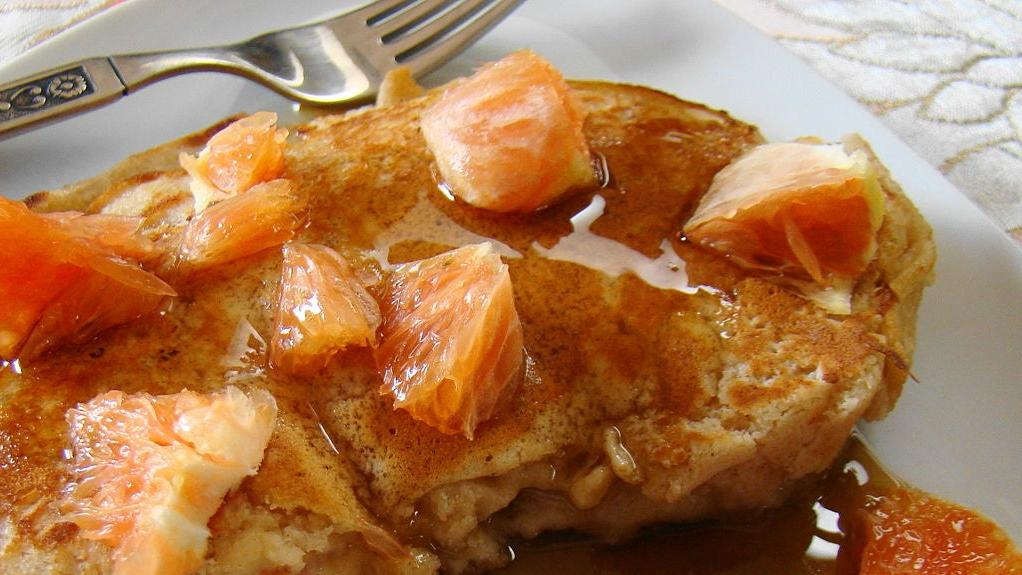Buy A Bottle Of Hickory Syrup Immediately
Meet maple syrup's smoky, sultry cousin made from toasted tree bark.
For people tasting Back Creek Farms' hickory syrup for the very first time, the distinct smoky flavor is powerfully nostalgic.
"We've had people write us entire pages of emails about how it brings back memories of campfires," co-owner Valerie Lowry told me over the phone. For the past seven years, Lowry and her husband, Pat, have been producing small batches of hickory syrup on their farm in Highland County, Virginia, where they got their start making maple syrup.
What is hickory syrup?
Maple syrup, along with lesser-known tree syrups like birch and black walnut, is made from tapping trees to collect the mineral-rich sap, which then gets cooked down until most of the water is evaporated.
Before speaking to Lowry, I had naively assumed that hickory syrup was made more or less the same way. As she gently corrected me, however, it's a completely different process: there's no tapping or lengthy boiling required, and in fact, production takes only a few hours of active work. There are even recipes online for people to make small batches of hickory syrup in their home kitchen.
To make their hickory syrup, the Lowrys go out and collect the bark of shagbark hickory trees ("we're basically hunter-gatherers," Lowry said), which are native to Highland County as well as much of the eastern part of the U.S. After gathering and cleaning the bark, they toast it, which, Lowry said, is what gives the syrup its signature smoky, campfire-like flavor. The bark is then boiled to make a flavorful extract, or "tea," which they steep overnight before combining it with a simple syrup and boiling the mixture until it reaches the viscosity of maple syrup.
Why hickory syrup needs added sweetener
Aside from the fact that it's made from tree bark, not sap, the biggest distinction between maple syrup and hickory syrup is that the latter has no natural sweetness and requires the addition of sugar.
"You do have to add a sweetener," Lowry said, because the bark contains none.
While the rich amber color of a bottle of hickory syrup might lead people to expect a slightly woodsier maple syrup flavor, Lowry argues that hickory syrup is entirely its own thing with a "totally different flavor."
The smokiness makes sense, as hickory wood is famously used for smoking pork products like bacon and ham. To me, even the word "hickory" evokes images of barbecue pits and lazy, hazy summer afternoons.
Beth Palmer, who sells hickory syrup through her Georgia-based company Sutton Mill Creek, describes the flavor as "like eating pancakes and syrup that [were] cooked over a campfire."
Like Lowry, Palmer gathers all of her own bark from Shagbark hickory trees, which, she explained, naturally begin to shed their bark once the tree is around seven years old. Along with her original hickory syrup, Palmer also sells hickory syrup in flavors like bourbon, spiced apple cider, and roasted pecan.
How to use hickory syrup at home
Hickory syrup can be used in many of the same ways as maple syrup: on pancakes and waffles, naturally, and in place of other sweeteners in coffee or tea. Lowry said that she loves the smoky flavor paired with tomato-based dishes like chili, and both Palmer and Lowry suggest using it on pork-based dishes or salmon.
For first-timers, though, Palmer recommends using hickory syrup as a simple dessert topping. "You put that on some vanilla ice cream, and you don't know what you've been missing."
